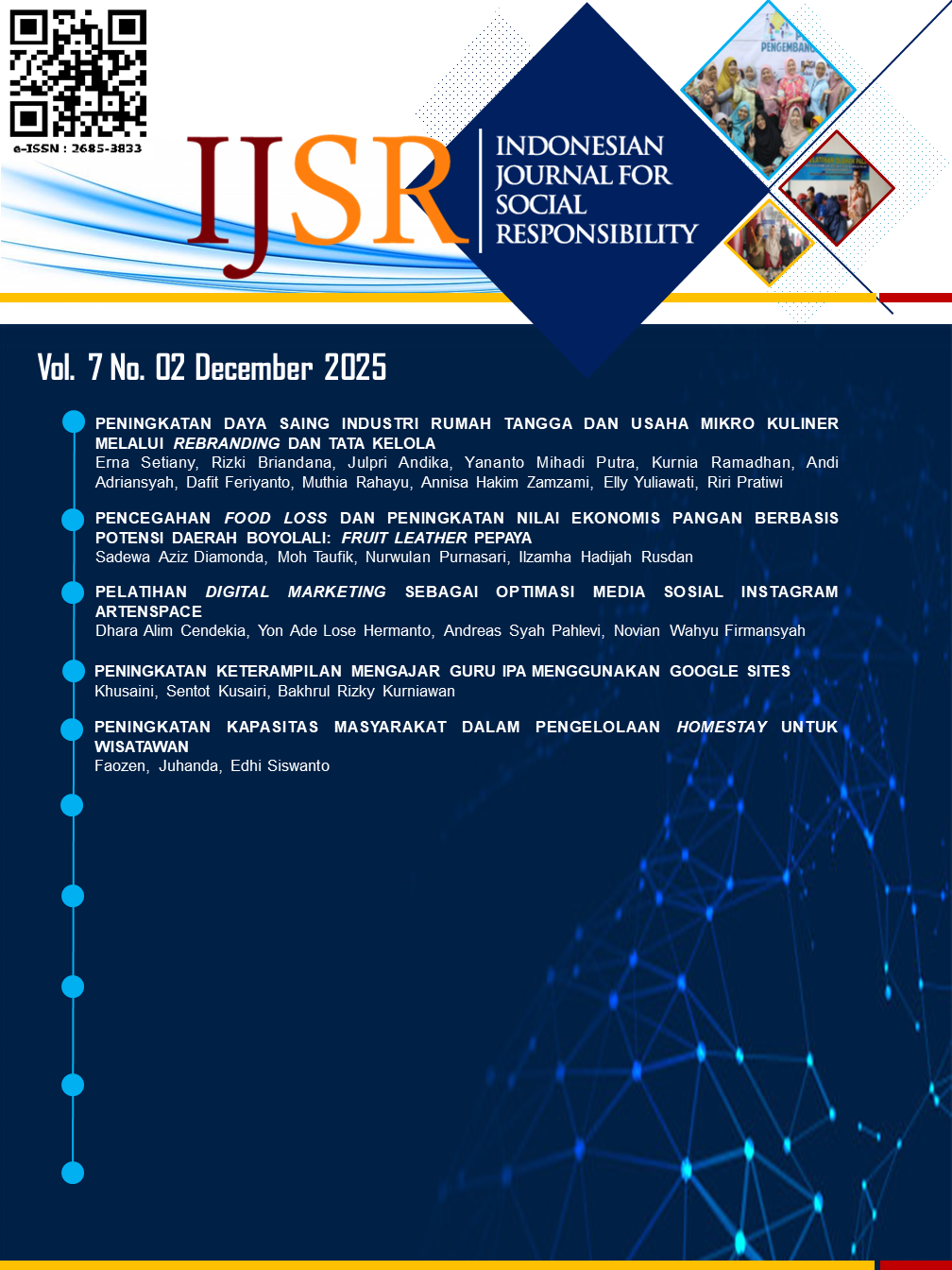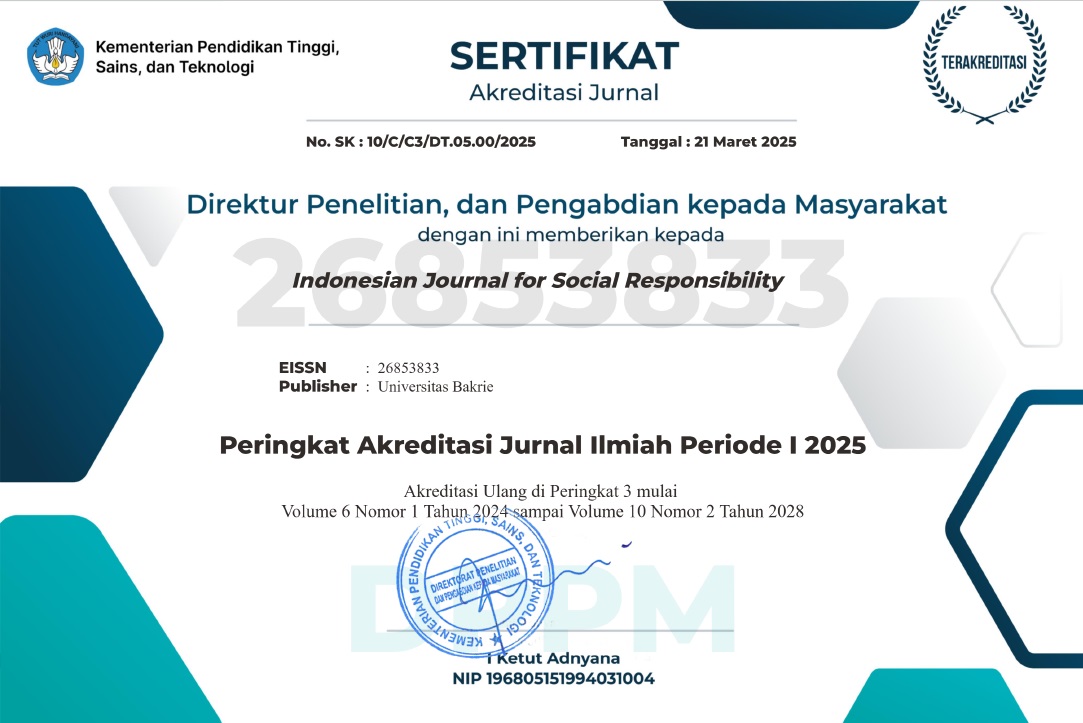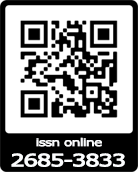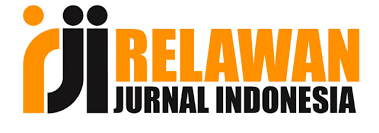Psikoedukasi Pengelolaan Screen Time dan Komunikasi Asertif pada Remaja dalam Keluarga
DOI:
https://doi.org/10.36782/ijsr.v7i02.510Keywords:
Adolescents, Assertive Communication, Family, Screen TimeAbstract
While gadgets offer numerous benefits, such as ease of communication, information access, and enhanced creativity, their excessive use, especially among children and adolescents, leads to significant negative impacts. These include reduced book literacy, impaired concentration, eye problems, decreased physical activity, and social isolation. A lack of effective family communication exacerbates these issues, causing conflicts and potentially addictive behaviors related to gadgets. Observations at the Indonesian Western Protestant Church (GPIB) Menara Iman Jakarta indicate that children and adolescents within the congregation experience family communication problems due to high screen time. Statistical data further emphasize the urgency of intervention, with Indonesia ranking highest globally in screen time (averaging 5.7 hours/day) and Generation Z spending over 3 hours/day on social media. This Community Engagement (PkM) initiative utilized a psychoeducational approach implemented in two main stages: (1) an initial survey and engagement with church officials and congregants; and (2) the execution of the PkM program. The implementation mechanism involved interactive lectures by expert speakers and discussion and experience-sharing sessions to facilitate understanding and application of the material. The PkM activity engaged 12 adolescents from the GPIB Menara Iman Jakarta congregation, ranging from 10 to 17 years old. Pretests and posttests were conducted to measure participants' understanding. Based on a Wilcoxon signed-rank test analysis, significant results were obtained (W=0.000; p=0.002), indicating a substantial increase in participants' understanding regarding screen time management and assertive communication. This improvement demonstrates the effectiveness of the psychoeducational method in equipping adolescents with essential skills to build more functional and harmonious family communication.
Downloads
References
Adwiyah, A.R. & Diana, R. R. (2023). Strategi Orang Tua dalam Mengatasi Dampak Penggunaan Gadget Terhadap Perkembangan Sosial Anak Usia Dini. Jurnal Obsesi: Jurnal Pendidikan Anak Usia Dini, 7(2), 2463-2473. https://doi.org/10.31004/obsesi.v7i2.3700
Alberti, R.E & Emmons, M. L. (2002). Your Perfect Right: Panduan Praktis Hidup Lebih Ekspresif dan Jujur pada Diri Sendiri. Jakarta: Elex Media Komputindo.
Amri, M. I. U., Bahtiar, R. S., & Pratiwi, D. E. (2020). Dampak Penggunaan Gadget Terhadap Kemampuan Interaksi Anak Sekolah Dasar pada Situasi Pandemi Covid-19. Trapsila: Jurnal Pendidikan Dasar, 2(2), 14-23. http://dx.doi.org/10.30742/tpd.v2i2.933
Apriani, D. G. Y., & Dewi, N.P.H.A. (2021). Hubungan Penggunaan Gadget Terhadap Prestasi Belajar Siswa Kelas IV dan V di SDN 3 Candikuning. Jurnal Medika Usada, 4(1), 7-11. https://doi.org/10.54107/medikausada.v4i1.88
Hasya, R. (2023, Februari 16). Melihat Rerata “Screen Time” Gen Z Indonesia dalam Bermedsos, Berapa Lama Dalam Sehari?. GoodStats. Diakses dari https://goodstats.id/article/melihat-rerata-screen-time-gen-z-indonesia-dalam-bermedsos-berapa-lama-dalam-sehari-f3kLL
Hidayatuladkia, S. T., Kanzunnudin, M., & Ardianti, S. D. (2021). Peran Orang Tua dalam Mengontrol Penggunaan Gadget pada Anak Usia 11 Tahun. Jurnal Penelitian Dan Pengembangan Pendidikan, 5(3), 363-372. https://doi.org/10.23887/jppp.v5i3.38996
Jalaluddin, R. (2008). Psikologi Komunikasi, Edisi Revisi. Bandung: Remaja Rosdakarya.
Jatmika, S., Rahayu, R. P., & Karima, M. (2022). Manfaat dan Tantangan Gadget Sebagai Media Pembelajaran Efektif pada Mata Pelajaran Ekonomi di SMA. Jurnal Pendidikan Ilmu Pengetahuan Sosial Indonesia, 7(2), 111-122. https://dx.doi.org/10.26737/jpipsi.v7i2.2460
Kaur, N., Gupta, M., Malhi, P., & Grover, S. (2019). Screen Time in Under-five Children. In Indian Pediatrics, 56 (9), 23-28. https://doi.org/10.1007/s13312-019-1638-8
Nugroho, R., Artha, I. K. A. J., Nusantara, W., Cahyani, A. D., & Patrama, M. Y. P. (2022). Peran Orang Tua dalam Mengurangi Dampak Negatif Penggunaan Gadget. Jurnal Obsesi: Jurnal Pendidikan Anak Usia Dini, 6(5), 5425-5436. https://doi.org/10.31004/obsesi.v6i5.2980
Rahmayanty, D., Simar, S., Thohiroh, N. S., & Permadi, K. (2023). Pentingnya Komunikasi untuk Mengatasi Problematika yang Ada dalam Keluarga. Jurnal Pendidikan Dan Konseling (JPDK), 5(6), 28-35. https://doi.org/10.31004/jpdk.v5i6.20180
Rainer, P. (2023, Juli 24). Screen Time Ponsel Warga Indonesia Tertinggi Sedunia. GoodStats. Diakses dari https://data.goodstats.id/statistic/screen-time-ponsel-warga-indonesia-tertinggi-sedunia-RypaM
Rini, N. M., Pratiwi, I. A., & Ahsin, M. N. (2021). Dampak Penggunaan Gadget Terhadap Perilaku Sosial Anak Usia Sekolah Dasar. Jurnal Educatio Fkip Unma, 7(3), 1236-1241. https://doi.org/10.31949/educatio.v7i3.1379
Yulianti, C., & Putri, S. A. R. (2022). Problematika Komunikasi Orang Tua dan Anak di Era Digital (Studi Fenomenologi pada Keluarga di Desa Sragi Kecamatan Talun Kabupaten Blitar). Jurnal Komunika Islamika: Jurnal Ilmu Komunikasi dan Kajian Islam, 9(1), 15-31. https://doi.org/10.37064/jki.v9i1.12067
Walsh, J. (2010). Psychoedication in Mental Health. Chicago: Lyceum Books, Inc.
Downloads
Published
How to Cite
Issue
Section
License
Copyright (c) 2025 Eustalia Wigunawati, Formas Juitan Lase, Audra Jovani

This work is licensed under a Creative Commons Attribution-NonCommercial 4.0 International License.















